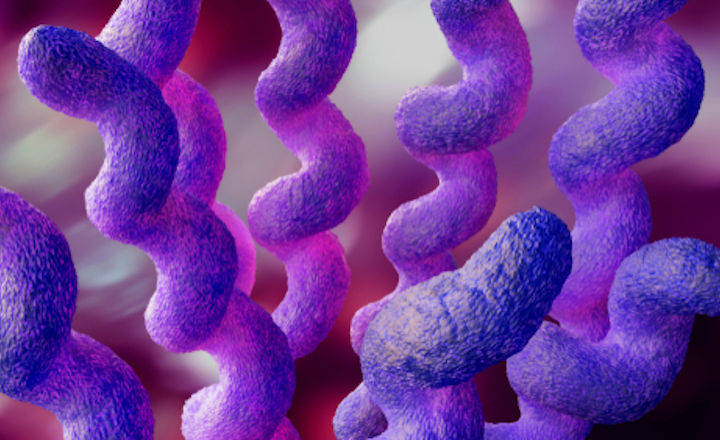BREAKING! Campylobacter: Research Shows Child Stunting Can Be Caused By Campylobacter Infections
Source: Campylobacter Jun 06, 2020 5 years, 7 months, 1 day, 8 hours, 4 minutes ago
Campylobacter: According to a new research from the University of Queensland-Australia, gastrointestinal infection with
Campylobacter plays a major role in the stunting of children.

The research findings are published in
the medical journal: PLOS Neglected Tropical Diseases.
https://journals.plos.org/plosntds/article?id=10.1371/journal.pntd.0008328
Typically, the bacteria
Campylobacter, which individuals get from contaminated food and drinks, can lead to severe diarrhea. Infections of
Campylobacter in children under the age of two years are especially frequent in developing countries.
Very often stunting may result in neurodevelopmental delays and metabolic disorders later in life. It is a major global health challenge particularly in South Asia where 35 per cent of all children are stunted. Worldwide, approximately 144 million children are stunted, according to the UN Children's Fund.
Dr J. Johanna Sanchez, study Author and researcher at the Children's Health Research Centre, University of Queensland, Brisbane, Australia told Thailand Medical News, “Enteric infection, or gastrointestinal infection, which includes
Campylobacter infection, is associated with stunting through its effect on appetite, metabolic demands, and gastrointestinal absorption and function."
The medical researchers examined the linear growth of 265 children from 0 to 24 months of age, factoring in
Campylobacter infection and household conditions that may have affected their growth. In the population studied, 70 per cent of children under two years of age had
Campylobacter infection.
Dr Sanchez added, "This is very important given the negative effect of enteric infection. Also, given the high global prevalence, this is a very important public health challenge to address. Although environmental factors resulting in
Campylobacter infection may differ in different regions, studies say that the stunting effect is similar.”
The study team also found treating drinking water and increased antibiotic use reduced
Campylobacter infection and therefore indirectly had a positive effect on growth. "But rather than suggest that children take antibiotics as a way to improve growth," she cautions, "we see this as another example of infection, particularly
Campylobacter infection, having an effect on linear growth."
Dr Tim Julian, group leader of Pathogens and Human Health at the Swiss Federal Institute of Aquatic Science and Technology said that Dr Sanchez and her co-researchers "affirm a relationship between
Campylobacter infections and child growth and identify a narrow presumptive age range (12—18 months) most impacted by
Campylobacter spp. infections.”
&n
bsp;
The team also identified key relationships between infections and potential beneficial interventions, including antibiotic use and drinking water treatment.
A detailed assessment of the findings highlights the potential for targeted interventions to provide the largest gains in child health, specifically, safe drinking water treatment within a six-month window of highest susceptibility.
Dr Julian says that it is equally important that the researchers had repeated their study method on other important enteric pathogens,
E. coli and
Giardia lamblia, to find "no significant associations between asymptomatic carriage of these enteric pathogens and linear growth".
Evidence that reducing
Campylobacter transmission was key to improving child health and well-being.
Dr Julian stresses that the additional evidence of the importance o
f Campylobacter relative to other enteric pathogens on linear child growth helps focus efforts on reducing transmission so that child health and well-being can be improved.
For more on
Campylobacter, keep on logging to Thailand Medical News.
